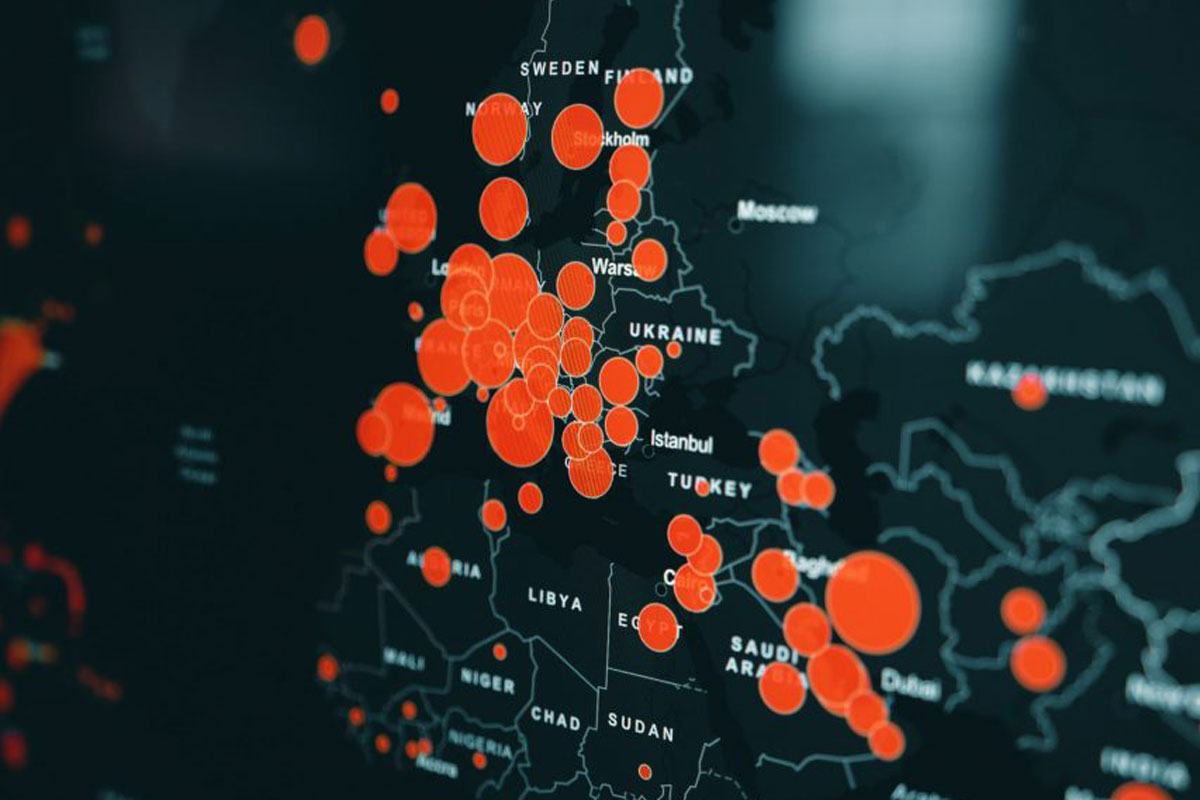
In general there are many sources of error in COVID-19 data. Things that can lead to misinterpretation and sometimes discrepancy. On the one hand, we have to consider that the pandemic caught us at a time when not all regions were at the same level in terms of data collection or communication between hospitals and health centres. The surveillance services had been implemented to a different degree. In this situation not everyone has the same capacity to input data at the same time. We have come to see cases where a negative number of deaths could occur in a community, because from one week to the next the data had been updated or amended. There have even been very large increases in a single day, because were actually from previous days and had not been recorded yet.
On the other hand, the definition of these variables has led to the fact that sometimes the COVID-19 data for a region was different from what the national government finally reported. For example, Catalonia could report a number of deceased, including cases suspected of having died of coronavirus, but then the Ministry would only count confirmed cases, not suspected ones. This led to the fact that sometimes regional figures were different from those published later by the Ministry.
Answered by Anabel Forte. Professor of Statistics and Operations Research at the University of Valencia
«Mètode’s whys and wherefores» is a popular science section in which readers can submit their scientific doubts or questions and an expert on the subject will answer them. You can submit your questions with this form. Among all those we publish, a set of Mètode publications will be drawn every quarter.





